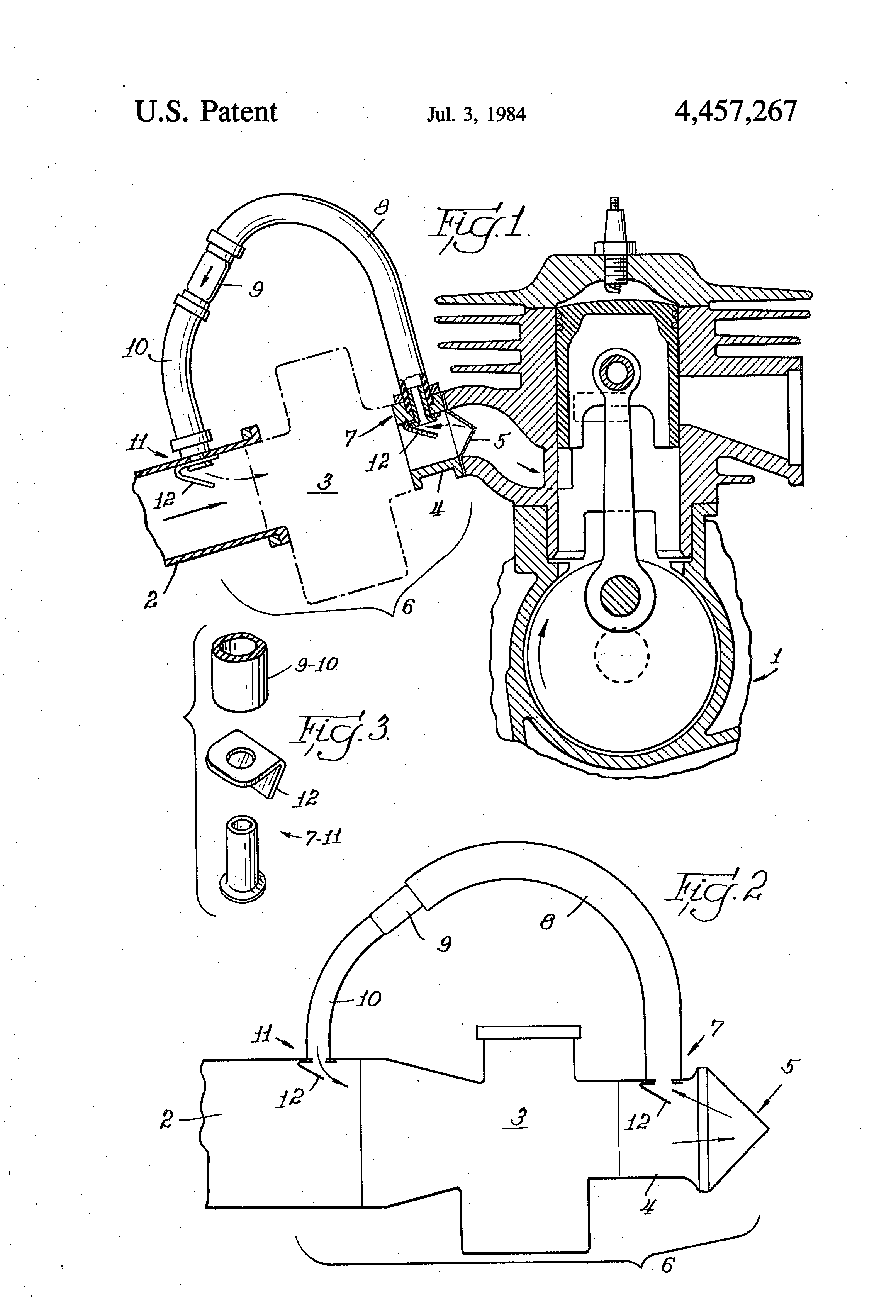jaguar
~SPONSOR~
YEIS stands for Yamaha Energy Induction System and it first appeared on the YZs and ITs back in the 80's. It is a method to boost low RPM power by increasing the reed to carb volume. Theoretically it can be designed to boost power at high RPM also. Designing one for a high RPM boost depends on treating it as a Helmholtz Resonator so that it is pushing back its received intake charge between 180 and 360 degrees of crank rotation. I'm making a spreadsheet calculator for those interested in designing their own. But I first need to analyze Yamahas "boost bottles" by the dimensions of ones on any YZ or IT model. I have specs from one so far that holds 2 cups volume (470cc) and its resonant RPM is 6300 so that its range of most influence is basically the range below the pipe powerband when the returning baffle wave fights against the flow of the intake charge from the crankcase to the cylinder. In effect it may be eliminating the lag in power just before the engine gets "on the pipe".
So please anyone with a Yamaha with YEIS box let me know:
1. the box dimensions (or better yet pour in/out water and measure the volume)
2. the inner diameter of the connecting hose
3. the distance along the hose from intake manifold to YEIS box
So please anyone with a Yamaha with YEIS box let me know:
1. the box dimensions (or better yet pour in/out water and measure the volume)
2. the inner diameter of the connecting hose
3. the distance along the hose from intake manifold to YEIS box

